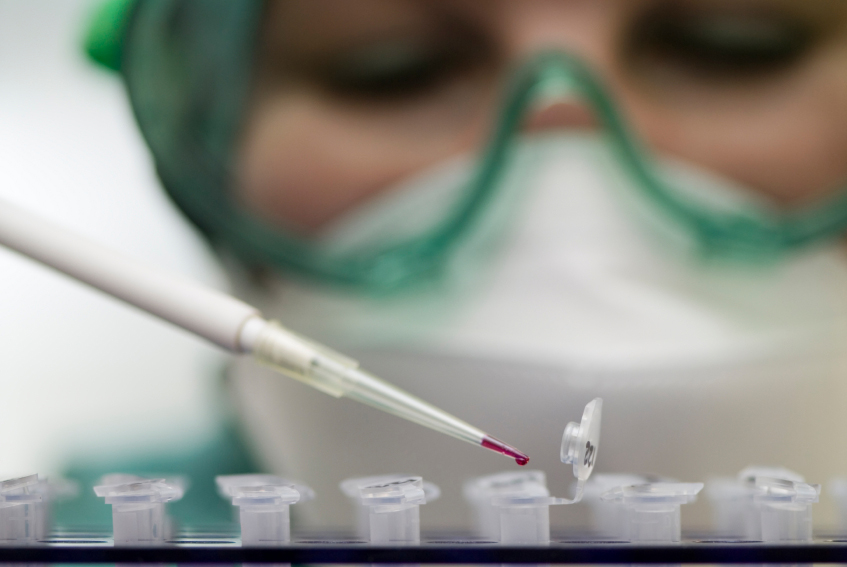For the first time, a family in New Zealand has been allowed to create “a saviour sibling” to treat their eldest son who is suffering from a hereditary disease known as “Sickle-cell anaemia “. The mother is in her thirteenth week of pregnancy.
The parents have used in-vitro fertilisation (IVF) to create embryos and have chosen one exempt from the condition from which the eldest son is suffering by pre-implantation genetic diagnosis (PGD). At the birth, cells will be collected from the umbilical cord to be transplanted into the sick older brother.
To date, PGD has only been used in New Zealand to screen for hereditary disorders. This is the first time for the technique to be used in this way. New guidelines have been released concerning the precise use of the “saviour sibling” technique to treat other diseases such as leukaemia.
Gènéthique Note:
The “saviour” technique raises ethical objections, especially since one embryo is selected and the others that are rejected in the process are destroyed. Thus in 2007, during the 6th Spanish Bioethics Congress, Justo Aznar, Director of the Life Sciences Institute at Saint Vincent University reminded delegates that several attempts were inevitable in order to create a “saviour sibling”. The “saviour sibling” success rate is between 1 and 3%, which means that 100 human embryos have to be destroyed in order to have one, two or three “saviour siblings”. As far as Justo Aznar is concerned, these are figures that parents should be made aware of before embarking on such a proces.
Stuff.co.nz (Michelle Duff) 05/10/2014

